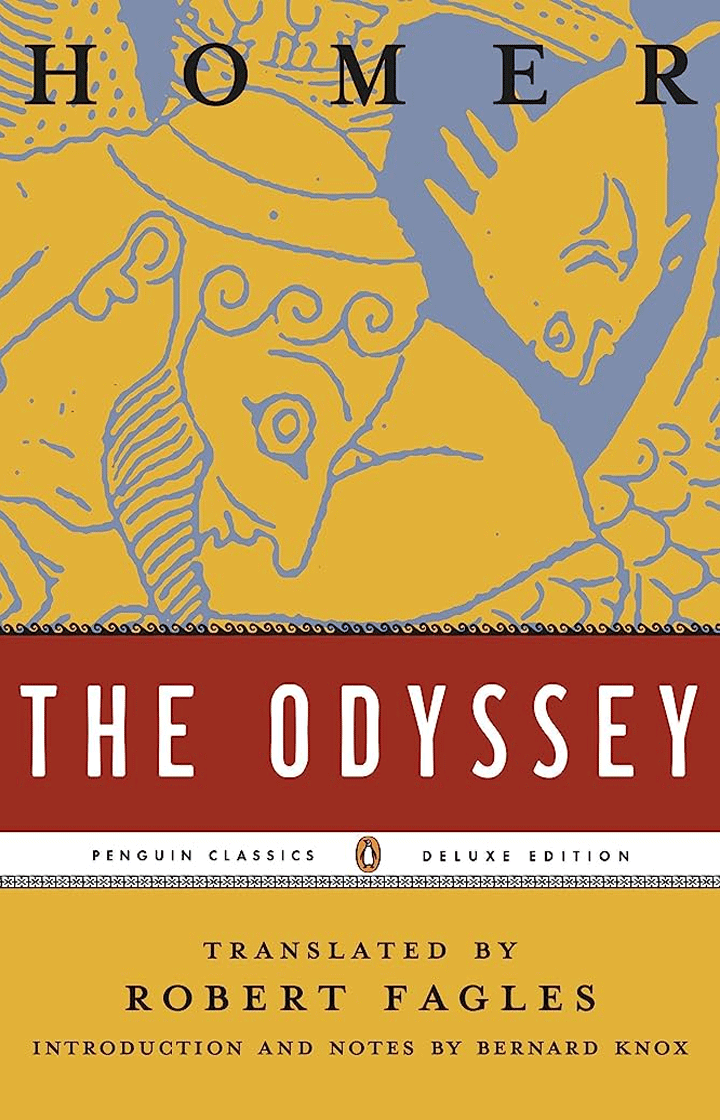
Refactoring UI (Color Printed)
$630.00 $567.00
340 tk Black & white, (Please Contact us for Black & white)
Make your ideas look awesome, without relying on a designer. Learn how to design beautiful user interfaces by yourself using specific tactics explained from a developer's point-of-view.
Size

UI Design systems mastery
$340.00 $306.00
Color Print:590/- BDT (Please Contact us for color print)
Size

Master UI Design Elements - The hidden secrets
$320.00 $288.00
Color Print: 580/- BDT (Please Contact us for color print)
Improve your skills and be more confident! Master UI Design Elements is focused on straight-to-the point actionable tips where you can apply in your everyday design decisions. Discover process and new ways to work I share what it takes to be a designer and how to take your skills to the next level. Everything from basic design theory to the mindset that you need to have.
Size

Storytelling in Design: Defining, Designing, and Selling Multidevice Products
$398.00 $358.20
Color Print: 740/- BDT (Please Contact us for color print)
With the wide variety of devices, touch points, and channels in use, your ability to control how people navigate your well-crafted experiences is fading. Yet it’s still important to understand where people are in their journey if you’re to deliver the right content and interactions at the right time and on the right device.
This practical guide shows you how storytelling can make a powerful difference in product design. Author Anna Dahlström details the many ways you can use storytelling in your projects and throughout your organization. By applying tried-and-tested principles from film and fiction to the context of design and business, you’ll learn to create great product experiences.
- Learn how the anatomy of a great story can make a difference in product design
- Explore how traditional storytelling principles, tools, and methods relate to key product design aspects
- Understand how purposeful storytelling helps tell the right story and move people into action
- Use storytelling principles to tell, sell, and present your work
Size

Keep Going: 10 Ways to Stay Creative in Good Times and Bad
$260.00 $234.00
In his previous books Steal Like an Artist and Show Your Work!, both New York Times bestsellers, Austin Kleon gave readers the keys to unlock their creativity and showed them how to become known. Now he offers his most inspiring work yet, with ten simple rules for how to stay creative, focused, and true to yourself—for life.
The creative life is not a linear journey to a finish line, it’s a loop—so find a daily routine, because today is the only day that matters. Disconnect from the world to connect with yourself—sometimes you just have to switch into airplane mode. Keep Going celebrates getting outdoors and taking a walk (as director Ingmar Bergman told his daughter, ”The demons hate fresh air”). Pay attention, and especially pay attention to what you pay attention to. Worry less about getting things done, and more about the worth of what you’re doing. Instead of focusing on making your mark, work to leave things better than you found them.
Keep Going and its timeless, practical, and ethical principles are for anyone trying to sustain a meaningful and productive life.
Size

Show Your Work!: 10 Ways to Share Your Creativity and Get Discovered
$280.00 $252.00
In his New York Times bestseller Steal Like an Artist, Austin Kleon showed readers how to unlock their creativity by “stealing” from the community of other movers and shakers. Now, in an even more forward-thinking and necessary book, he shows how to take that critical next step on a creative journey―getting known.
Show Your Work! is about why generosity trumps genius. It’s about getting findable, about using the network instead of wasting time “networking.” It’s not self-promotion, it’s self-discovery―let others into your process, then let them steal from you. Filled with illustrations, quotes, stories, and examples, Show Your Work! offers ten transformative rules for being open, generous, brave, productive.
In chapters such as You Don’t Have to Be a Genius; Share Something Small Every Day; and Stick Around, Kleon creates a user’s manual for embracing the communal nature of creativity― what he calls the “ecology of talent.” From broader life lessons about work (you can’t find your voice if you don’t use it) to the etiquette of sharing―and the dangers of oversharing―to the practicalities of Internet life (build a good domain name; give credit when credit is due), it’s an inspiring manifesto for succeeding as any kind of artist or entrepreneur in the digital age.
Size

UX Strategy: How to Devise Innovative Digital Products that People Want
$340.00 $306.00
Color Print: 590/- BDT (Please Contact us for color print)
User experience (UX) strategy requires a careful blend of business strategy and UX design, but until now, there hasn’t been an easy-to-apply framework for executing it. This hands-on guide introduces lightweight strategy tools and techniques to help you and your team craft innovative multi-device products that people want to use.
Whether you’re an entrepreneur, UX/UI designer, product manager, or part of an intrapreneurial team, this book teaches simple-to-advanced strategies that you can use in your work right away. Along with business cases, historical context, and real-world examples throughout, you’ll also gain different perspectives on the subject through interviews with top strategists.
- Define and validate your target users through provisional personas and customer discovery techniques
- Conduct competitive research and analysis to explore a crowded marketplace or an opportunity to create unique value
- Focus your team on the primary utility and business model of your product by running structured experiments using prototypes
- Devise UX funnels that increase customer engagement by mapping desired user actions to meaningful metrics
Size

UX for Business: How to Design Valuable Digital Companies
$370.00 $333.00
Color Print: 640/- BDT (Please Contact us for color print)
Many UX designers are surprised to learn that much of the job isn't about drawing things. It's about knowing what to draw and how to convince people to build it. Whether you're a one-person design team making products from scratch or a C-level product leader managing many products and strategies, UX for Business is your missing guide to real-world business design.
You'll not only learn how to think about design as a professional but also discover how design can move the needle for your entire company. Author Joel Marsh helps you understand stakeholders, business models, the process of designing valuable solutions, dangerous choices that can ruin a product, and how to gain the attention your work deserves. You'll also explore the principles of designing common types of digital products and services, from portfolio sites to social networks to ecosystems.
With this book, you'll learn:
- How to design the right things by understanding value, diagnostics, and probability
- How to conduct UX research and analysis without the luxury of time or money
- The most important aspects of common digital business models
- Methods for getting things done under less-than-ideal circumstances
- How to avoid common pitfalls caused by inexperience
Size

The Lean Product Playbook: How to Innovate with Minimum Viable Products and Rapid Customer Feedback
$380.00 $342.00
The Lean Product Playbook is a practical guide to building products that customers love. Whether you work at a startup or a large, established company, we all know that building great products is hard. Most new products fail. This book helps improve your chances of building successful products through clear, step-by-step guidance and advice.
The Lean Startup movement has contributed new and valuable ideas about product development and has generated lots of excitement. However, many companies have yet to successfully adopt Lean thinking. Despite their enthusiasm and familiarity with the high-level concepts, many teams run into challenges trying to adopt Lean because they feel like they lack specific guidance on what exactly they should be doing.
If you are interested in Lean Startup principles and want to apply them to develop winning products, this book is for you. This book describes the Lean Product Process: a repeatable, easy-to-follow methodology for iterating your way to product-market fit. It walks you through how to:
- Determine your target customers
- Identify underserved customer needs
- Create a winning product strategy
- Decide on your Minimum Viable Product (MVP)
- Design your MVP prototype
- Test your MVP with customers
- Iterate rapidly to achieve product-market fit
This book was written by entrepreneur and Lean product expert Dan Olsen whose experience spans product management, UX design, coding, analytics, and marketing across a variety of products. As a hands-on consultant, he refined and applied the advice in this book as he helped many companies improve their product process and build great products. His clients include Facebook, Box, Hightail, Epocrates, and Medallia.
Entrepreneurs, executives, product managers, designers, developers, marketers, analysts and anyone who is passionate about building great products will find The Lean Product Playbook an indispensable, hands-on resource.
Size

The Path to Senior Product Designer: An Actionable Growth Plan for a UX Design Career
$360.00 $324.00
A practical guide to growing your UX design career
Knowing every Figma trick doesn’t get you promoted. Learn 12 skills that do, like presenting, mentoring, giving feedback, and improving processes.
An industry-backed approach to growth
Based on how more than 50 companies evaluate designers and employees, including Etsy, Medium, Dropbox, Square, Figma, Zendesk, Intercom, and Coursera.
Master the 12 skills by which top companies evaluate UX designers
- Set career goals within six design career paths
- Learn which skills top companies require designers to have at each level
- Build an actionable growth plan to reach your next level
- Improve 12 crucial design skills with actionable frameworks (mentoring, giving feedback, presenting, managing stakeholders, improving processes, etc.)
- Put the above into practice at work to get promoted faster
Get answers to these questions:
- What career options do I have as a designer?
- What career path is right for me?
- What are the steps to reach my career goal?
- How do companies evaluate designers?
- What are my skill levels?
- What competencies should I be working on?
- How do I get a promotion?
- How do I practically improve my skills?
What’s inside
- More than 60 concrete action items on growing your career
- Six templates and canvases for career planning
- Printable PDF canvas for your growth plan
- 14 recommendations for additional resources
Size

Strategic: The Skill to Set Direction, Create Advantage, and Achieve Executive Excellence
$380.00 $342.00
The practical content will help executives in any industry improve what research has shown to be the most important leadership factor to an organization's future success―strategic competence―and use this skill to transform complexity to clarity in charting their strategic direction. The book features:
- A common language for strategy and business planning
- Practical tools for developing the four dimensions of executive fitness key to advancing the company's growth: strategy, leadership, organization, and communication
- Techniques for designing enduring competitive advantage and frameworks for creating innovative new value for customers
- Methods for evolving the business model to transform the trajectory of the business
- The Strategic Quotient (SQ)―a validated assessment of an executive's strategic thinking, planning, and execution
Size

Laws of UX: Using Psychology to Design Better Products & Services
$280.00 $280.00
Color Print: 420/- BDT (Please Contact us for color print)
An understanding of psychology—specifically the psychology behind how users behave and interact with digital interfaces—is perhaps the single most valuable nondesign skill a designer can have. The most elegant design can fail if it forces users to conform to the design rather than working within the "blueprint" of how humans perceive and process the world around them.
This practical guide explains how you can apply key principles in psychology to build products and experiences that are more intuitive and human-centered. Author Jon Yablonski deconstructs familiar apps and experiences to provide clear examples of how UX designers can build experiences that adapt to how users perceive and process digital interfaces.
You’ll learn:
- How aesthetically pleasing design creates positive responses
- The principles from psychology most useful for designers
- How these psychology principles relate to UX heuristics
- Predictive models including Fitts’s law, Jakob’s law, and Hick’s law
- Ethical implications of using psychology in design
- A framework for applying these principles
Size

About Face: The Essentials of Interaction Design
$840.00 $840.00
Color Print: 1440/- BDT (Please Contact us for color print)
The essential interaction design guide, fully revised and updated for the mobile age
About Face: The Essentials of Interaction Design, Fourth Edition is the latest update to the book that shaped and evolved the landscape of interaction design. This comprehensive guide takes the worldwide shift to smartphones and tablets into account. New information includes discussions on mobile apps, touch interfaces, screen size considerations, and more. The new full-color interior and unique layout better illustrate modern design concepts.
The interaction design profession is blooming with the success of design-intensive companies, priming customers to expect "design" as a critical ingredient of marketplace success. Consumers have little tolerance for websites, apps, and devices that don't live up to their expectations, and the responding shift in business philosophy has become widespread. About Face is the book that brought interaction design out of the research labs and into the everyday lexicon, and the updated Fourth Edition continues to lead the way with ideas and methods relevant to today's design practitioners and developers.
Updated information includes:
- Contemporary interface, interaction, and product design methods
- Design for mobile platforms and consumer electronics
- State-of-the-art interface recommendations and up-to-date examples
- Updated Goal-Directed Design methodology
Designers and developers looking to remain relevant through the current shift in consumer technology habits will find About Face to be a comprehensive, essential resource.
Size

UX and UI Strategy: A step by step Guide on UX and UI design
$190.00 $190.00
DESCRIPTION ABOUT THE BOOK UX and UI Strategy: A step by step Guide on UX and UI design This book analyzes how Don Norman originated the word “User Experience Design” in the 1990s and it means a person’s perception or feeling towards using a product, service, website or software. Steps on how to develop user experience includes: User interface (UI) is the process by which users (people) interact with a product or service. The UI includes hardware and software components. User interface exists for various processes and provides a means of input and output. The following are the basic procedural steps of user interface design. The steps are namely. • Study the idea of the products and design requirements • Do research on potential end-users, study and analyze them • Locate a group of people matching end users • Create use cases and test the cases • Create paper demonstration What a user feels would depend on the way an organization has designed its user experience to fit the user’s needs and expectation, an organization looks at the patterns, habits and behavior of users to make their experience better. UX design is all encompassing in the sense that it covers various fields such as psychology, computer science, statistics, and graphic design. A great user experience has to be useful, usable and desirable. Essential rules for UX Design such as design for users, provide absolute clarity, give users control, predict, then adapt etc. The design thinking process such as: • User centricity and empathy • Collaboration • Ideation • Experimentation and Iteration • A bias towards action The roles of UX designers as well as the misconceptions of UI and UX. UI is actually a subset of UX, UX goes beyond designing to ensure organizations fit into the shoes of consumers or users by carrying out surveys and interviews to know their needs in order to design what will solve their problem and meet their needs.
Size

Observing the User Experience: A Practitioner's Guide to User Research
$640.00 $640.00
Color Print: 1390/- BDT (Please Contact us for color print)
Observing the User Experience: A Practitioner’s Guide to User Research aims to bridge the gap between what digital companies think they know about their users and the actual user experience. Individuals engaged in digital product and service development often fail to conduct user research. The book presents concepts and techniques to provide an understanding of how people experience products and services. The techniques are drawn from the worlds of human-computer interaction, marketing, and social sciences.
The book is organized into three parts. Part I discusses the benefits of end-user research and the ways it fits into the development of useful, desirable, and successful products. Part II presents techniques for understanding people’s needs, desires, and abilities. Part III explains the communication and application of research results. It suggests ways to sell companies and explains how user-centered design can make companies more efficient and profitable. This book is meant for people involved with their products’ user experience, including program managers, designers, marketing managers, information architects, programmers, consultants, and investors.
- Explains how to create usable products that are still original, creative, and unique
- A valuable resource for designers, developers, project managers - anyone in a position where their work comes in direct contact with the end user
- Provides a real-world perspective on research and provides advice about how user research can be done cheaply, quickly and how results can be presented persuasively
- Gives readers the tools and confidence to perform user research on their own designs and tune their software user experience to the unique needs of their product and its users
Size

Solving Product Design Exercises
$280.00 $280.00
Practice your product design and UX skills. Prepare for your next job interview.
Redesign the NYC metrocard system. Design a dashboard for a general practitioner. Redesign an ATM.
Learn how to solve and present exercises like these, that top startups use to interview designers for product design and UI/UX roles.
Today top companies are looking for business-minded designers who are not just focused on visuals. With this book, you can practice this kind of mindset, prepare for job interviews, learn how to interview other designers and find concepts for projects for your portfolio.
What will you learn from this book:
- Prepare for the design interview — prepare for the design exercise and learn more about how tech companies hire product designers.
- Improve your portfolio — use product challenges to showcase in your portfolio instead of unsolicited visual redesigns.
- Step up your design career — practice your product design skills to become a better designer and prepare for your next career move.
- Interview designers — learn how to interview designers to evaluate their skills in the most efficient and scalable way.
What’s inside?
- A 7-step framework for solving product design exercises
- 30+ examples of exercises similar to exercises used by Google, Facebook, Amazon etc.
- 5 full solutions for product design exercises
- 5 short interviews with design leaders that worked at Apple, Google, Pinterest, IDEO etc.
Size

Just Enough Research
$260.00 $260.00
Good research is about asking more and better questions, and thinking critically about the answers. Done well, it will save your team time and money by reducing unknowns and creating a solid foundation to build the right thing, in the most effective way.
Erika Hall distills her experience into a guidebook of trusted research methods you can implement right away, no matter what size team you're on or budget you're working with. Learn how to discover your competitive advantages, spot your own blind spots and biases, understand and harness your findings, and why you should never, ever hold a focus group. You'll start doing good research faster than you can plan your next pitch.
WHAT'S NEW IN THE SECOND EDITION?
While the mindset and methods of research haven't changed, our digital climate continues to evolve-from the siren song of Net Promoter Score to the latest social media experiment gone awry. The second edition of Just Enough Research features a brand-new chapter on surveys (chock full of math and centaurs!), as well as updated examples throughout, to continue guiding web professionals on the ethics and effects of research.
THIS BOOK EXPLORES:
- Frameworks for designing a thorough research process for your product
- Approaches to gain alignment around shared goals through stakeholder interviews
- How to conduct and build best practices for effective user interviews
- How quickly run affordable tests to clarify big questions
- Essential and methods for gathering and assessing quantitative data
Size

Think Like a UX Researcher: How to Observe Users, Influence Design, and Shape Business Strategy
$360.00 $360.00
Think Like a UX Researcher will challenge your preconceptions about user experience (UX) research and encourage you to think beyond the obvious. You’ll discover how to plan and conduct UX research, analyze data, persuade teams to take action on the results and build a career in UX. The book will help you take a more strategic view of product design so you can focus on optimizing the user’s experience. UX Researchers, Designers, Project Managers, Scrum Masters, Business Analysts and Marketing Managers will find tools, inspiration and ideas to rejuvenate their thinking, inspire their team and improve their craft.
Key Features
- A dive-in-anywhere book that offers practical advice and topical examples.
- Thought triggers, exercises and scenarios to test your knowledge of UX research.
- Workshop ideas to build a development team’s UX maturity.
- War stories from seasoned researchers to show you how UX research methods can be tailored to your own organization.
Size

UX Design: A Field Guide To Process And Methodology For Timeless User Experience
$240.00 $240.00
What if you could master UX design, a skill that is becoming more and more demanded from more and more companies?
Imagine how your work and life could change, and how much fun you'll have while enjoying the journey.
“UX designer” is quickly becoming one of the most sought-after job titles in tech. Being a UX designer is rewarding, challenging, lucrative and interesting.
A UX designer requires an impressive mix of creative, technical, and social skills. You need to be as comfortable with Adobe and Sketch as you are with interacting with a live group of users and analyzing their interactions with your mockups, prototypes, and wireframes.
It’s certainly not an easy job, but if you love the work you won’t care that it’s challenging.
This book provide you EVERY information to master UX design, the only thing you need to start are:
• Passion — UX design should feel not just like a hobby or even a career path, but a calling. You should be genuinely fascinated by the subject
• Empathy — To design great products you need to be able to feel the users’ pain and frustration. You need to be able to put yourself in their shoes to understand why something isn’t working for them, even though for you it may seem fine.
• Self-Starting – You are going to need to train yourself in various areas and learn to work on your own for a while to figure things out and build your portfolio
• Genuine Interest in Technology – This almost goes without saying, but just in case…you do need to have a love of technology and, in particular, the way humans interact with technology
But let’s get deep into the chapters of this guide:
• Understanding you are not the user, involving them helps you to master your products
• The 27 UX design fundamentals to follow and check in every single project
• The design process (form sketching to design specifications)
• Lean UX vs Agile UX
• The 5 visual design principles
• Behavioral UX data
• The 4 UX optimization steps
...and much more!
EVERY object you ever purchased was guided by user experience. Companies are now realizing that and looking for professionals that could help them.
Change your career for ever and become a user experience designer purchasing and studying this practical and complete guide! Scroll up and add it to cart now!
Size

UX Research: Practical Techniques for Designing Better Products
$320.00 $320.00
Color Print: 580/- BDT (Please Contact us for color print)
One key responsibility of product designers and UX practitioners is to conduct formal and informal research to clarify design decisions and business needs. But there’s often mystery around product research, with the feeling that you need to be a research Zen master to gather anything useful. Fact is, anyone can conduct product research. With this quick reference guide, you’ll learn a common language and set of tools to help you carry out research in an informed and productive manner.
This book contains four sections, including a brief introduction to UX research, planning and preparation, facilitating research, and analysis and reporting. Each chapter includes a short exercise so you can quickly apply what you’ve learned.
- Learn what it takes to ask good research questions
- Know when to use quantitative and qualitative research methods
- Explore the logistics and details of coordinating a research session
- Use softer skills to make research seem natural to participants
- Learn tools and approaches to uncover meaning in your raw data
- Communicate your findings with a framework and structure
Size

Thinking with Type
$420.00 $420.00
Color Print: 640/- BDT (Please Contact us for color print)
"Thinking with Type is to typography what Stephen Hawking's A Brief History of Time is to physics."—I Love Typography
The best-selling Thinking with Type in a revised and expanded second edition: Thinking with Type is the definitive guide to using typography in visual communication. Ellen Lupton provides clear and focused guidance on how letters, words, and paragraphs should be aligned, spaced, ordered, and shaped. The book covers all typography essentials, from typefaces and type families, to kerning and tracking, to using a grid. Visual examples show how to be inventive within systems of typographic form, including what the rules are, and how to break them.
This revised edition includes forty-eight pages of new content with the latest information on:
• style sheets for print and the web
• the use of ornaments and captions
• lining and non-lining numerals
• the use of small caps and enlarged capitals
• mixing typefaces
• font formats and font licensing
Plus, new eye-opening demonstrations of basic typography design with letters, helpful exercises, and dozens of additional illustrations.
Thinking with Type is the typography book for everyone: designers, writers, editors, students, and anyone else who works with words. If you love font and lettering books, Ellen Lupton's guide reveals the way typefaces are constructed and how to use them most effectively.
Fans of Thinking with Type will love Ellen Lupton's new book Extra Bold: A Feminist, Inclusive, Anti-racist, Nonbinary Field Guide for Graphic Designers.
Size

Practical UI
$340.00 $340.00
Color Print: 620/- BDT (Please Contact us for color print)
Learn a logic-driven approach to design intuitive, accessible, and beautiful interfaces using quick and practical guidelines. Interface design is hard. Having endless design possibilities sounds great in theory, but in practice, it can be frustrating and time consuming.
With so many options to choose from regarding layout, spacing, typography, and colour, making design decisions can be overwhelming. When you add usability, accessibility, and psychology to the mix, it gets even harder.
Luckily, UI design doesn't have to be so hard. Over the years, I've realised that most of my visual and interaction design decisions are governed by a system of logical rules. Not artistic flair or magical intuition, just simple rules.
Sure, artistic talent helps, but a lot of what makes up an intuitive, accessible, and beautiful interface design can be learned. Having a system of logical rules helps you efficiently make informed design decisions. Without a logical system, you're just using gut feeling to move stuff around until it looks pretty.
I love rules and logic, but design decisions are rarely black and white. Rather than strict rules that you must follow, think of the advice in this book as helpful guidelines that work well in most cases.
I wish I'd known these guidelines when I first started out. They're a culmination of nearly 2 decades working as a product designer on products used by millions of people. My hope is that they'll help you gain years of experience in a matter of hours.
Size

Lean UX: Applying Lean Principles to Improve User Experience
$290.00 $290.00
Color Print: 460/- BDT (Please Contact us for color print)
The Lean UX approach to interaction design is tailor-made for today’s web-driven reality. In this insightful book, leading advocate Jeff Gothelf teaches you valuable Lean UX principles, tactics, and techniques from the ground up―how to rapidly experiment with design ideas, validate them with real users, and continually adjust your design based on what you learn.
Inspired by Lean and Agile development theories, Lean UX lets you focus on the actual experience being designed, rather than deliverables. This book shows you how to collaborate closely with other members of the product team, and gather feedback early and often. You’ll learn how to drive the design in short, iterative cycles to assess what works best for the business and the user. Lean UX shows you how to make this change―for the better.
- Frame a vision of the problem you’re solving and focus your team on the right outcomes
- Bring the designers’ toolkit to the rest of your product team
- Share your insights with your team much earlier in the process
- Create Minimum Viable Products to determine which ideas are valid
- Incorporate the voice of the customer throughout the project cycle
- Make your team more productive: combine Lean UX with Agile’s Scrum framework
- Understand the organizational shifts necessary to integrate Lean UX
Lean UX received the 2013 Jolt Award from Dr. Dobb's Journal as the best book of the year. The publication's panel of judges chose five notable books, published during a 12-month period ending June 30, that every serious programmer should read.
Size

The Design Of Everyday Things
$450.00 $450.00
One of the world's great designers shares his vision of "the fundamental principles of great and meaningful design", that's "even more relevant today than it was when first published" (Tim Brown, CEO, IDEO).
Even the smartest among us can feel inept as we fail to figure out which light switch or oven burner to turn on, or whether to push, pull, or slide a door.
The fault, argues this ingenious -- even liberating -- book, lies not in ourselves, but in product design that ignores the needs of users and the principles of cognitive psychology. The problems range from ambiguous and hidden controls to arbitrary relationships between controls and functions, coupled with a lack of feedback or other assistance and unreasonable demands on memorization.
The Design of Everyday Things shows that good, usable design is possible. The rules are simple: make things visible, exploit natural relationships that couple function and control, and make intelligent use of constraints. The goal: guide the user effortlessly to the right action on the right control at the right time.
The Design of Everyday Things is a powerful primer on how -- and why -- some products satisfy customers while others only frustrate them.
Size

Universal Principles of Design
$530.00 $530.00
Color Print: 720/- BDT (Please Contact us for color print)
Universal Principles of Design, Revised and Updated is a comprehensive, cross-disciplinary encyclopedia covering 125 laws, guidelines, human biases, and general considerations important to successful design. Richly illustrated and easy to navigate, it pairs clear explanations of every design concept with visual examples of the ideas applied in practice. From the 80/20 Rule to the Weakest Link, every major design concept is defined and illustrated.
Whether a marketing campaign or a museum exhibit, a video game or a complex control system, the design we see is the culmination of many concepts and practices brought together from a variety of disciplines. Because no one can be an expert on everything, designers have always had to scramble to find the information and know-how required to make a design work—until now.
Just a few of the principles that will broaden your design knowledge, promote brainstorming, and help you check the quality of your work:
- Baby-Face Bias
- Expectation Effect
- Golden Ration
- Ockham's Razor
- Proximity
- Scaling Fallacy
The book is organized alphabetically so that principles can be easily and quickly referenced by name. For those interested in addressing a specific problem of design, the principles havealso been indexed by questions commonly confronting designers (How can I help people learn from my design? How can I enhance the usability of a design? How can I make better design decisions? ...).
Each principle is presented in a two-page format. The first page contains a succinct definition, a full description of the principle, examples of its use, and guidelines for use. Side notes are included, and provide elaborations and references. The second page contains visual examples and related graphics to support a deeper understanding of the principle.
This landmark reference is the standard for designers, engineers, architects, and students who seek to broaden and improve their design expertise.
Size

Don't Make Me Think, Revisited: A Common Sense Approach to Web Usability
$320.00 $320.00
Color Print: 580/- BDT (Please Contact us for color print)
Since Don’t Make Me Think was first published in 2000, hundreds of thousands of Web designers and developers have relied on usability guru Steve Krug’s guide to help them understand the principles of intuitive navigation and information design. Witty, commonsensical, and eminently practical, it’s one of the best-loved and most recommended books on the subject.
Now Steve returns with fresh perspective to reexamine the principles that made Don’t Make Me Think a classic–with updated examples and a new chapter on mobile usability. And it’s still short, profusely illustrated…and best of all–fun to read.
If you’ve read it before, you’ll rediscover what made Don’t Make Me Think so essential to Web designers and developers around the world. If you’ve never read it, you’ll see why so many people have said it should be required reading for anyone working on Web sites.
“After reading it over a couple of hours and putting its ideas to work for the past five years, I can say it has done more to improve my abilities as a Web designer than any other book.”
–Jeffrey Zeldman, author of Designing with Web Standards
Size

Design for How People Think: Using Brain Science to Build Better Products
$320.00 $320.00
Color print: 590/- BDT
User experience doesn’t happen on a screen; it happens in the mind, and the experience is multidimensional and multisensory. This practical book will help you uncover critical insights about how your customers think so you can create products or services with an exceptional experience.
Corporate leaders, marketers, product owners, and designers will learn how cognitive processes from different brain regions form what we perceive as a singular experience. Author John Whalen shows you how anyone on your team can conduct "contextual interviews" to unlock insights. You’ll then learn how to apply that knowledge to design brilliant experiences for your customers.
- Learn about the "six minds" of user experience and how each contributes to the perception of a singular experience
- Find out how your team—without any specialized training in psychology—can uncover critical insights about your customers’ conscious and unconscious processes
- Learn how to immediately apply what you’ve learned to improve your products and services
- Explore practical examples of how the Fortune 100 used this system to build highly successful experiences
Size
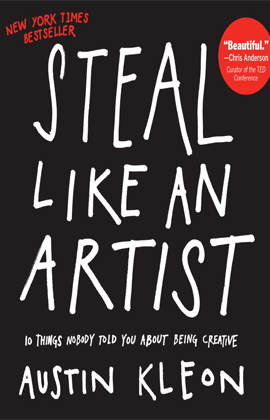
Steal Like an Artist: 10 Things Nobody Told You About Being Creative
$260.00 $234.00
An inspiring guide to creativity in the digital age, Steal Like an Artist presents ten transformative principles that will help readers discover their artistic side and build a more creative life.
Nothing is original, so embrace influence, school yourself through the work of others, remix and reimagine to discover your own path. Follow interests wherever they take you—what feels like a hobby may turn into you life’s work. Forget the old cliché about writing what you know: Instead, write the book you want to read, make the movie you want to watch.
And finally, stay Smart, stay out of debt, and risk being boring in the everyday world so that you have the space to be wild and daring in your imagination and your work.
“Brilliant and real and true.”—Rosanne Cash
Size
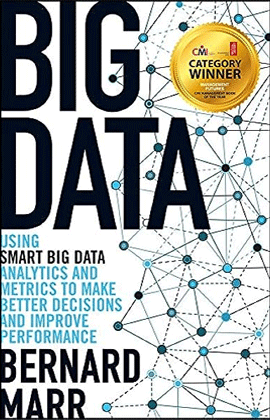
Big Data: Using SMART Big Data, Analytics and Metrics To Make Better Decisions and Improve Performance
$300.00 $270.00
Convert the promise of big data into real world results
There is so much buzz around big data. We all need to know what it is and how it works - that much is obvious. But is a basic understanding of the theory enough to hold your own in strategy meetings? Probably. But what will set you apart from the rest is actually knowing how to USE big data to get solid, real-world business results - and putting that in place to improve performance. Big Data will give you a clear understanding, blueprint, and step-by-step approach to building your own big data strategy. This is a well-needed practical introduction to actually putting the topic into practice. Illustrated with numerous real-world examples from a cross section of companies and organisations, Big Data will take you through the five steps of the SMART model: Start with Strategy, Measure Metrics and Data, Apply Analytics, Report Results, Transform.
- Discusses how companies need to clearly define what it is they need to know
- Outlines how companies can collect relevant data and measure the metrics that will help them answer their most important business questions
- Addresses how the results of big data analytics can be visualised and communicated to ensure key decisions-makers understand them
- Includes many high-profile case studies from the author's work with some of the world's best known brands
Size
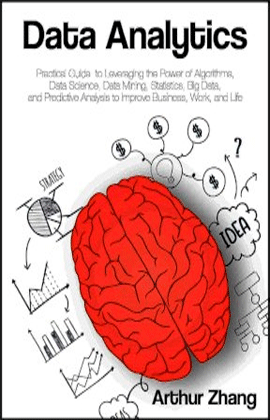
Data Analytics: Practical Guide to Leveraging the Power of Algorithms, Data Science, Data Mining, Statistics, Big Data, and Predictive Analysis to Improve Business, Work, and Life
$330.00 $297.00
The Ultimate Guide to Data Science and Analytics
This practical guide is accessible for the reader who is relatively new to the field of data analytics, while still remaining robust and detailed enough to function as a helpful guide to those already experienced in the field. Data science is expanding in breadth and growing rapidly in importance as technology rapidly integrates ever deeper into business and our daily lives. The need for a succinct and informal guide to this important field has never been greater.
RIGHT NOW you can get ahead of the pack!
This coherent guide covers everything you need to know on the subject of data science, with numerous concrete examples, and invites the reader to dive further into this exciting field. Students from a variety of academic backgrounds, including computer science, business, engineering, statistics, anyone interested in discovering new ideas and insights derived from data can use this as a textbook. At the same time, professionals such as managers, executives, professors, analysts, doctors, developers, computer scientists, accountants, and others can use this book to make a quantum leap in their knowledge of big data in a matter of only a few hours. Learn how to understand this field and uncover actionable insights from data through analytics.
UNDERSTAND the following key insights when you grab your copy today:
- WHY DATA IS IMPORTANT TO YOUR BUSINESS
- DATA SOURCES
- HOW DATA CAN IMPROVE YOUR BUSINESS
- HOW BIG DATA CREATES VALUE
- DEVELOPMENT OF BIG DATA
- CONSIDERING THE PROS AND CONS OF BIG DATA
- BIG DATA FOR SMALL BUSINESSES
- THE COST EFFECTIVENESS OF DATA ANALYTICS
- WHAT TO CONSIDER WHEN PREPARING FOR A NEW BIG DATA SOLUTION
- DATA GATHERING
- DATA SCRUBBING
- DESCRIPTIVE ANALYTICS
- INFERENTIAL STATISTICS
- PREDICTIVE ANALYTICS
- PREDICTIVE MODELS
- DESCRIPTIVE MODELING
- DECISION MODELING
- PREDICTIVE ANALYSIS METHODS
- MACHINE LEARNING TECHNIQUES
- DATA ANALYSIS WITH "R"
- ANALYTICAL CUSTOMER RELATIONSHIP MANAGEMENT (CRM)
- THE USE OF PREDICTIVE ANALYTICS IN HEALTHCARE
- THE USE OF PREDICTIVE ANALYTICS IN THE FINANCIAL SECTOR
- PREDICTIVE ANALYTICS & BUSINESS
- MARKETING STRATEGIES
- FRAUD DETECTION
- SHIPPING BUSINESS
- CONTROLLING RISK FACTORS
- THE REVOLUTION OF PREDICTIVE ANALYSIS ACROSS A VARIETY OF INDUSTRIES
- DESCRIPTIVE AND PREDICTIVE ANALYSIS
- CRUCIAL FACTORS FOR DATA ANALYSIS
- RESOURCES AND FLEXIBLE TECHNICAL STRUCTURE
- BUSINESS INTELLIGENCE
- HYPER TARGETING
- WHAT IS DATA SCIENCE?
- DATA MUNGING
- DEMYSTIFYING DATA SCIENCE
- SECURITY RISKS TODAY
- BIG DATA AND IMPACTS ON EVERYDAY LIFE
- FINANCE AND BIG DATA
- APPLYING SENTIMENT ANALYSIS
- RISK EVALUATION AND THE DATA SCIENTIST
- THE FINANCE INDUSTRY AND REAL-TIME ANALYTICS
- HOW BIG DATA IS BENEFICIAL TO THE CUSTOMER
- CUSTOMER SEGMENTATION IS GOOD FOR BUSINESS
- USE OF BIG DATA BENEFITS IN MARKETING
- GOOGLE TRENDS
- THE PROFILE OF A PERFECT CUSTOMER
- LEAD SCORING IN PREDICTIVE ANALYSIS
- EVALUATING THE WORTH OF LIFETIME VALUE
- BIG DATA ADVANTAGES AND DISADVANTAGES
- MAKING COMPARISONS WITH COMPETITORS
- DATA SCIENCE IN THE TRAVEL SECTOR
- SAFETY ENHANCEMENTS THANKS TO BIG DATA
- BIG DATA AND AGRICULTURE
- BIG DATA AND LAW ENFORCEMENT
- THE USE OF BIG DATA IN THE PUBLIC SECTOR
- BIG DATA AND GAMING
- PRESCRIPTIVE ANALYTICS
- GOOGLE’S “SELF-DRIVING CAR”
- AND MUCH MORE!
WANT MORE?
Scroll up and grab this helpful guide toady!
Size

100 Things Every Designer Needs to Know About People
$370.00 $333.00
We design to elicit responses from people. We want them to buy something, read more, or take action of some kind. Designing without understanding what makes people act the way they do is like exploring a new city without a map: results will be haphazard, confusing, and inefficient. This book combines real science and research with practical examples to deliver a guide every designer needs. With it you’ll be able to design more intuitive and engaging work for print, websites, applications, and products that matches the way people think, work, and play.
Learn to increase the effectiveness, conversion rates, and usability of your own design projects by finding the answers to questions such as:
- What grabs and holds attention on a page or screen?
- What makes memories stick?
- What is more important, peripheral or central vision?
- How can you predict the types of errors that people will make?
- What is the limit to someone’s social circle?
- How do you motivate people to continue on to (the next step?
- What line length for text is best?
- Are some fonts better than others?
These are just a few of the questions that the book answers in its deep-dive exploration of what makes people tick.

/72.gif)
/27.gif)




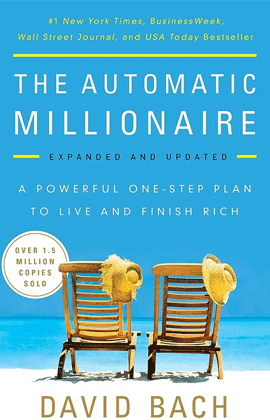


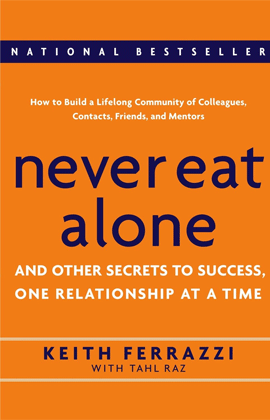
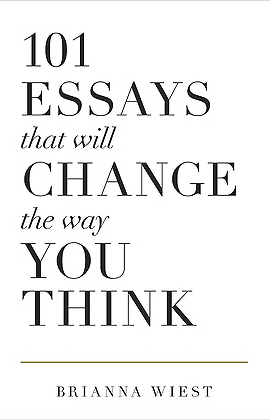

/23.gif)

/77.gif)

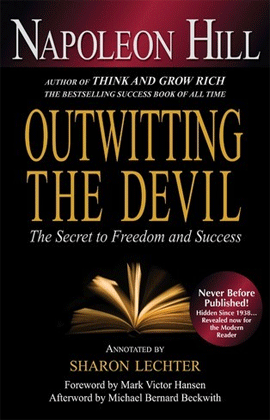
/56.gif)



/45.gif)
/46.gif)
/33.gif)


/18.gif)
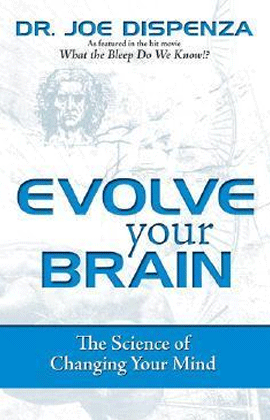
/43.gif)



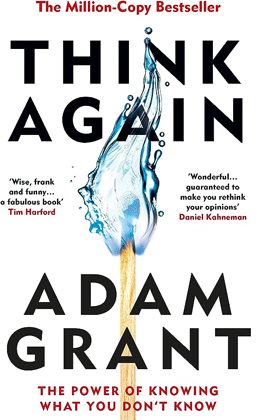
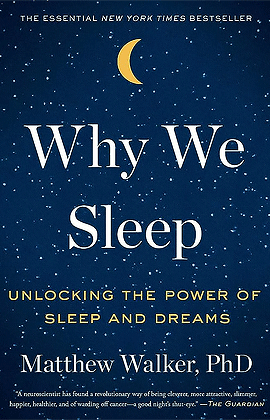


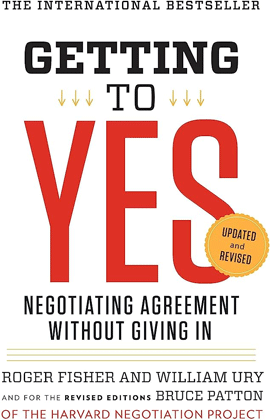




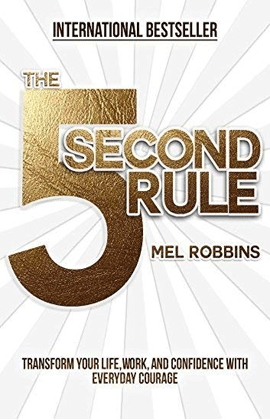

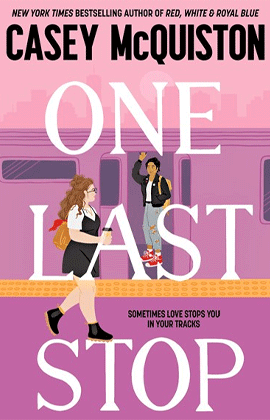




/63.gif)

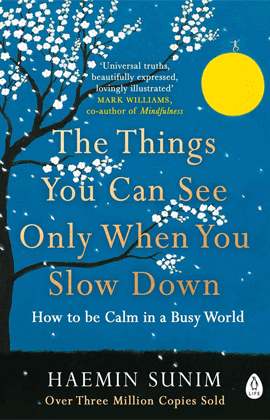

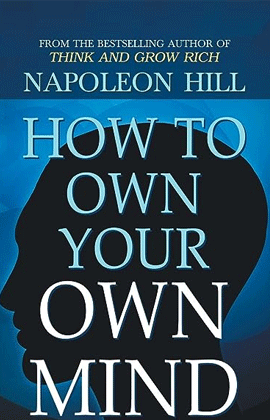

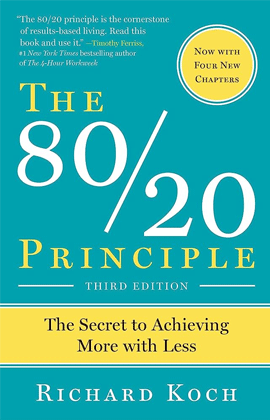
/12.gif)


/76.gif)


/59.gif)


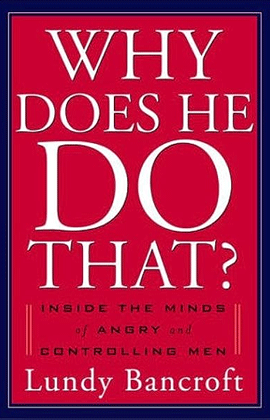


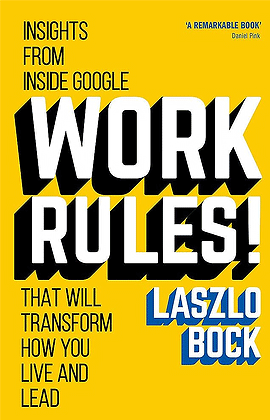
/14.gif)


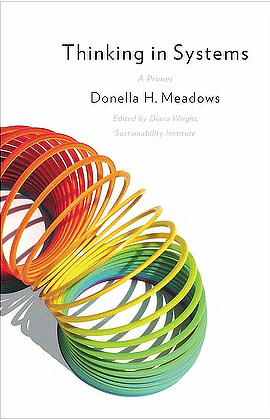


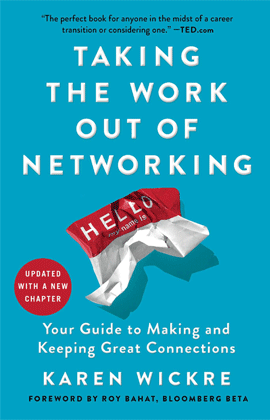
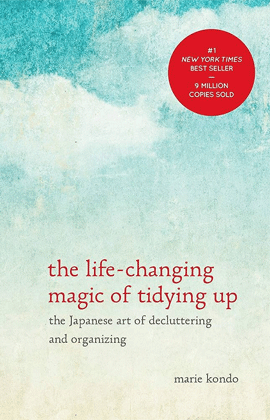
/20.gif)
/117.gif)

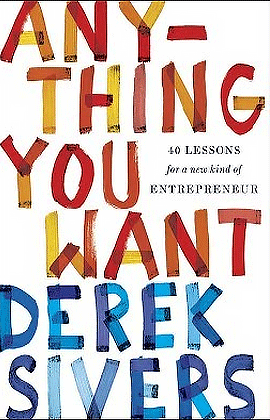


/43.gif)
/19.gif)
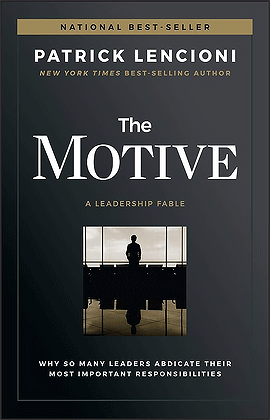
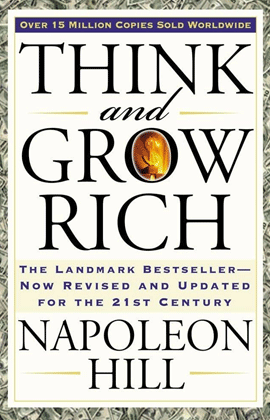
/52.gif)

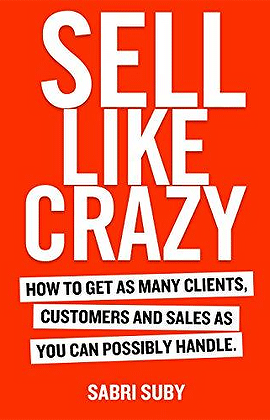

/61.gif)

/36.gif)
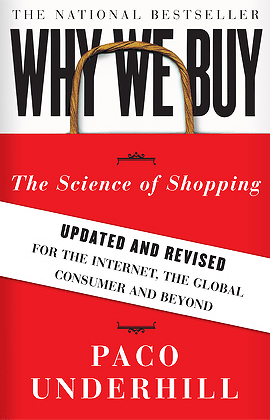
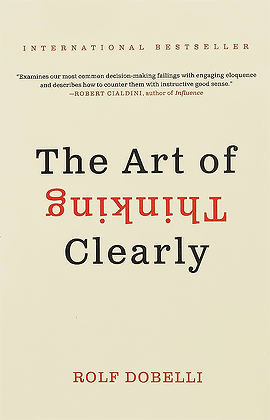

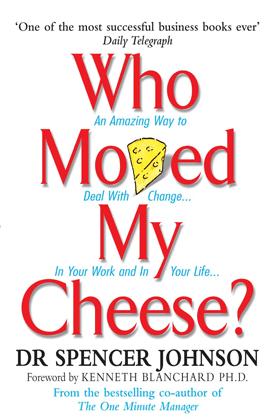


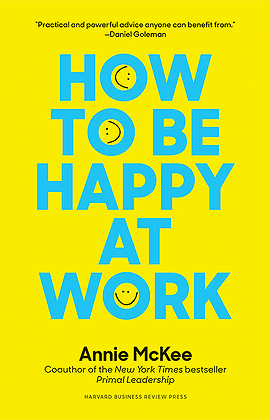
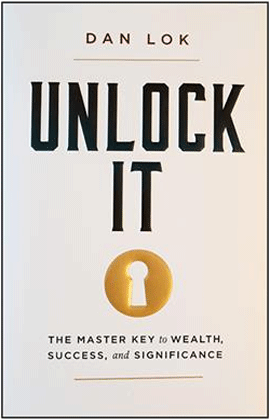
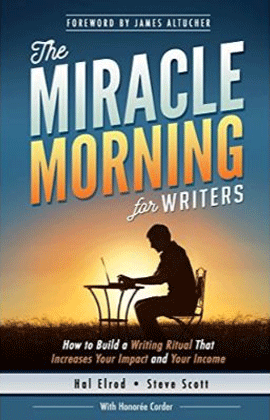
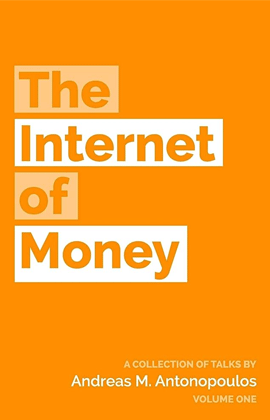
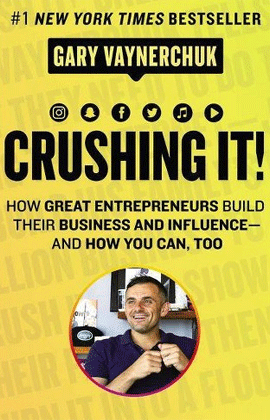

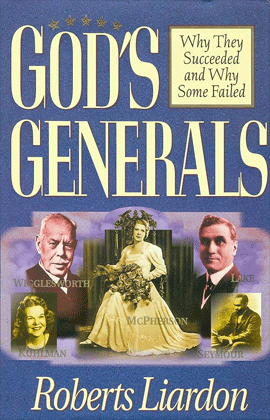
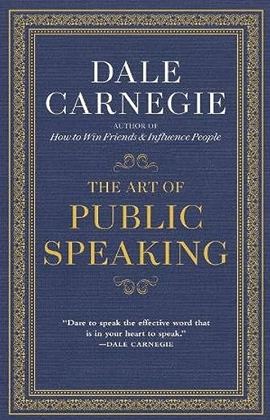
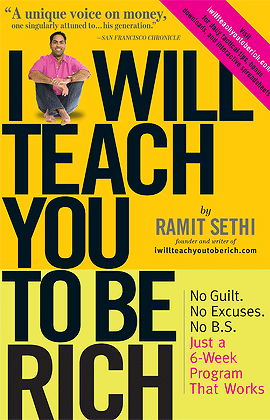

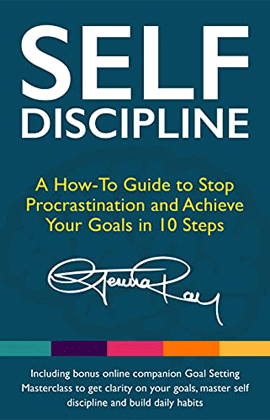
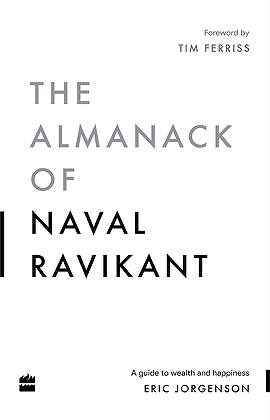
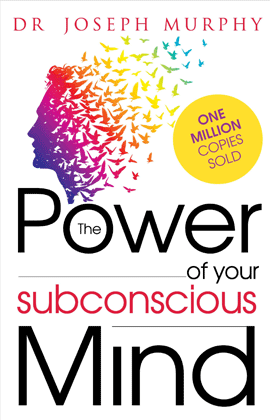

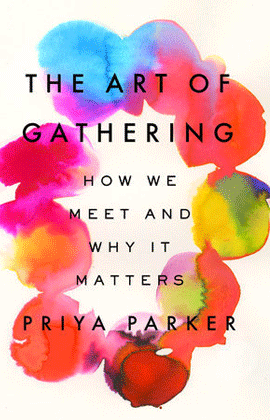


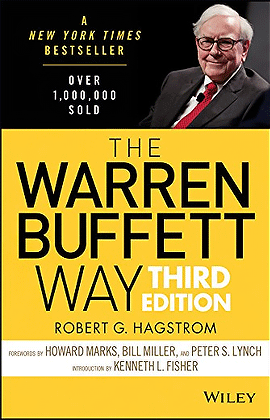

/48.gif)

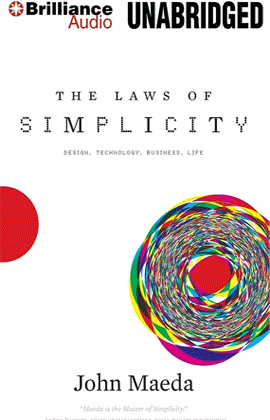

/17.gif)

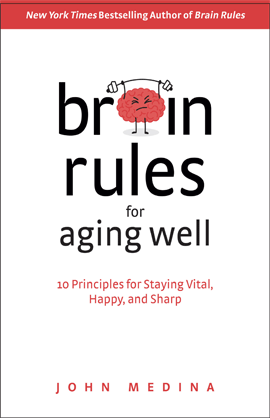

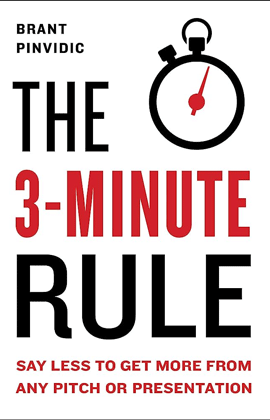

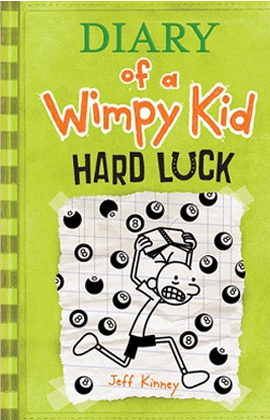
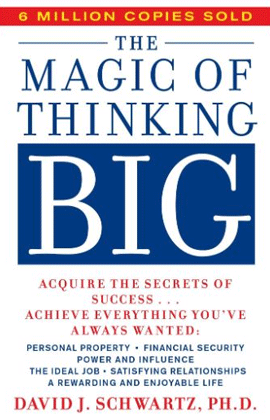

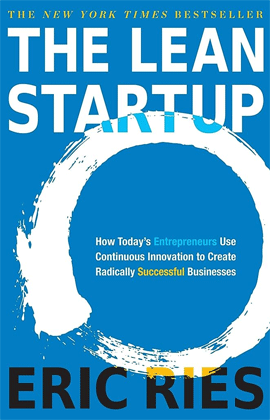

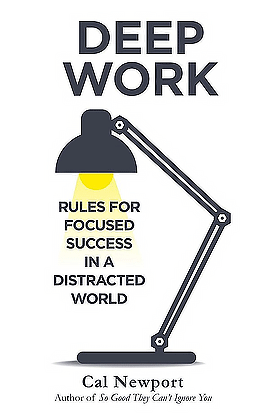

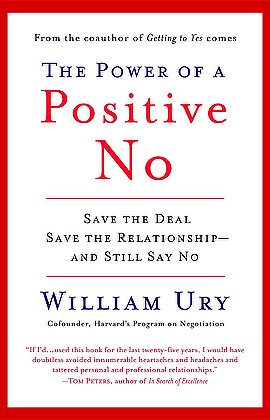
/49.gif)




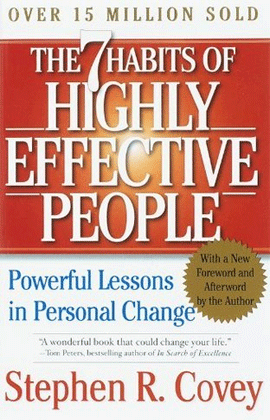



/138.gif)
/51.gif)

/34.gif)




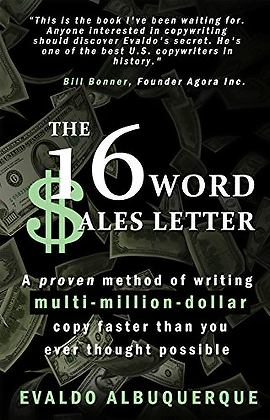
/24.gif)




/52.gif)
/6.gif)
/22.gif)
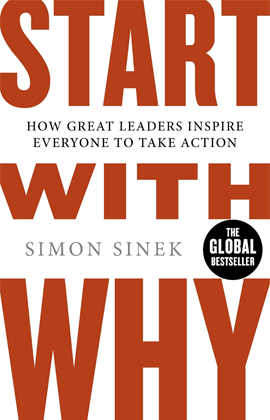

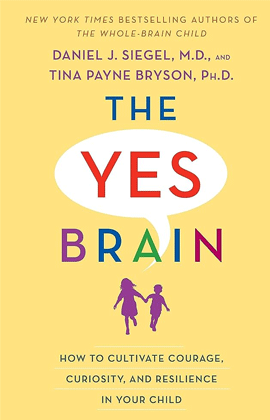
/75.gif)


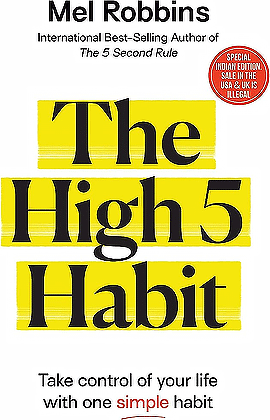
/71.gif)



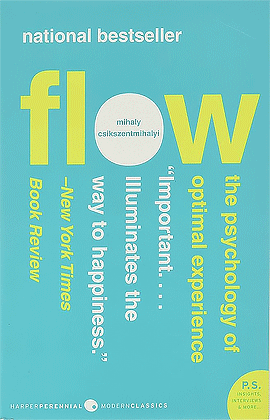
/3.gif)
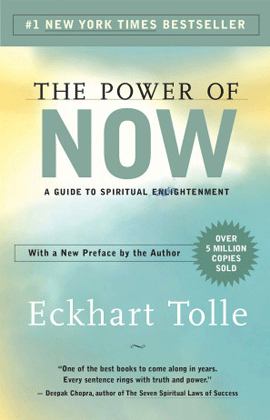

/69.gif)
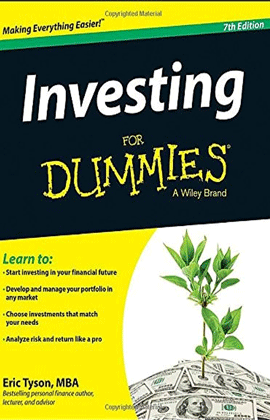
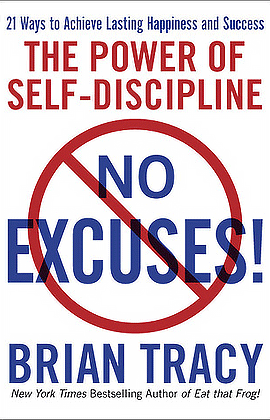
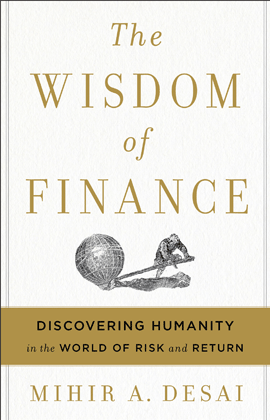





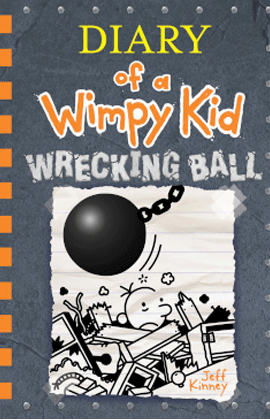
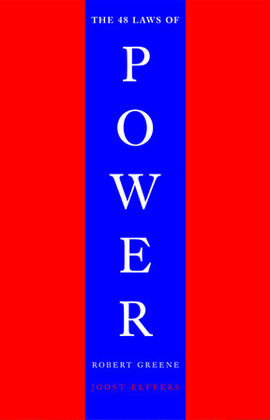

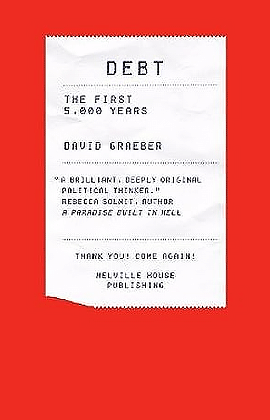




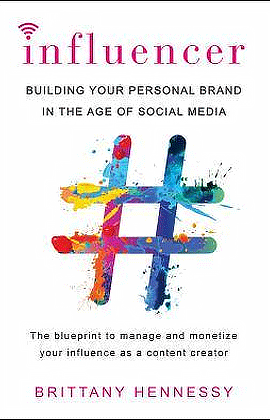




/80.gif)

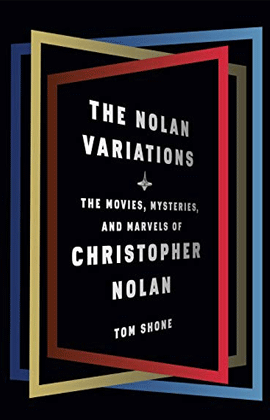


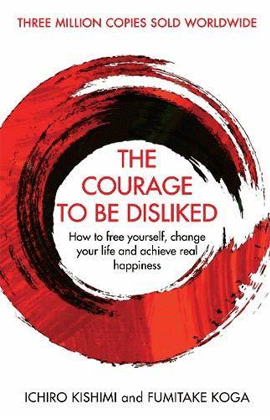


/102.gif)

/35.gif)
/8.gif)

/45.gif)

/11.gif)
/41.gif)



/47.gif)

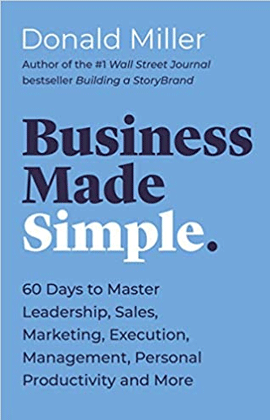


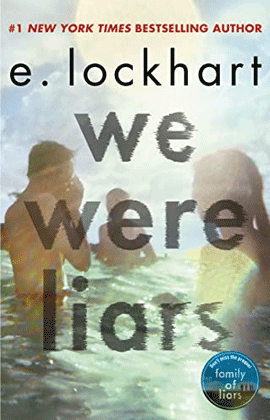

/28.gif)

/44.gif)






/13.gif)

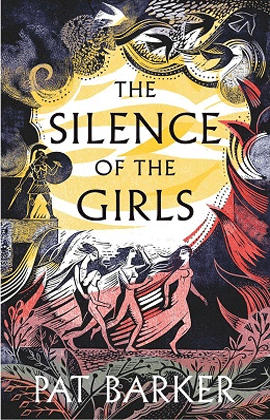

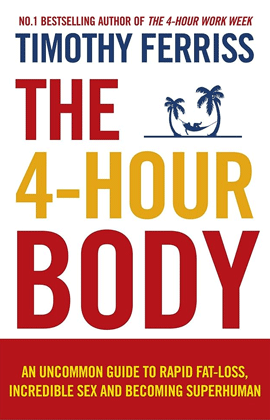
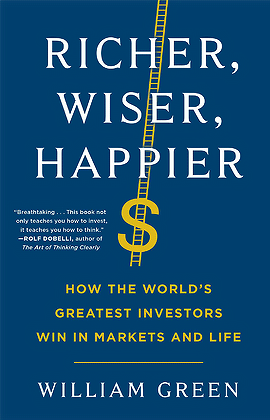

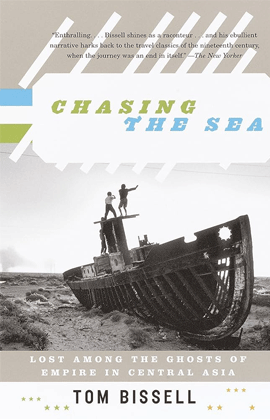

/21.gif)



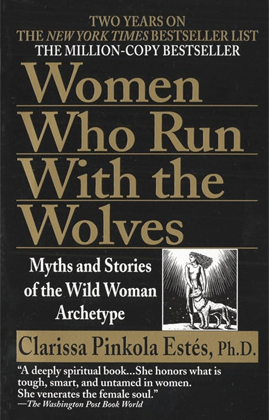
/74.gif)
/7.gif)
/9.gif)
/4.gif)

/26.gif)
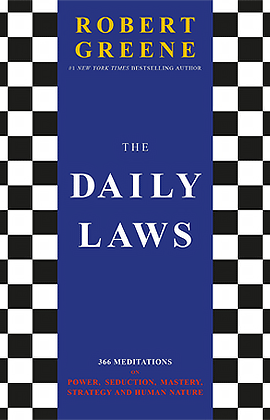

/38.gif)
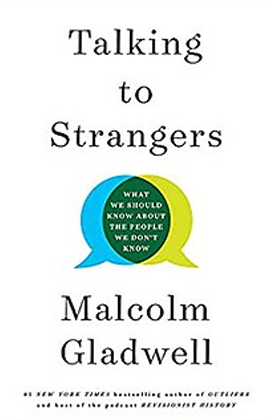
/15.gif)


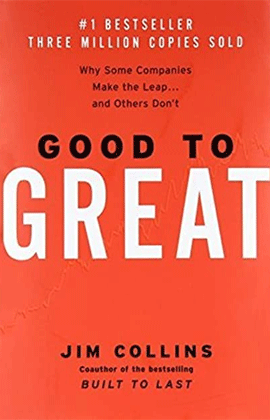
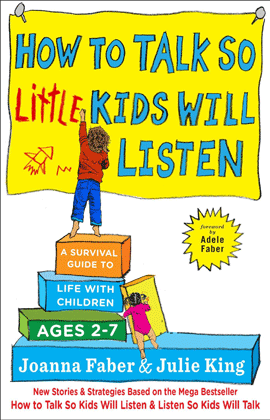


/67.gif)
/5.gif)
/73.gif)
/29.gif)
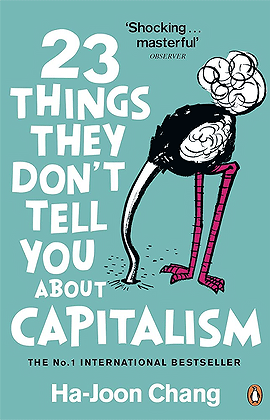
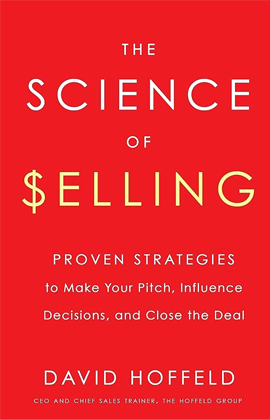
/60.gif)
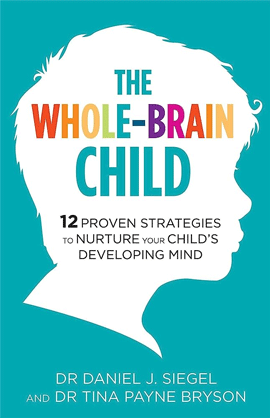



/39.gif)



/58.gif)
/30.gif)
/25.gif)









/62.gif)
/50.gif)
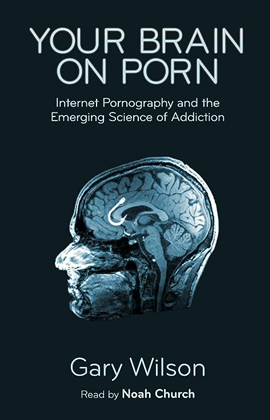


/57.gif)


/7.gif)
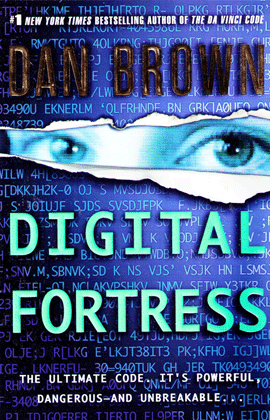

/13.gif)
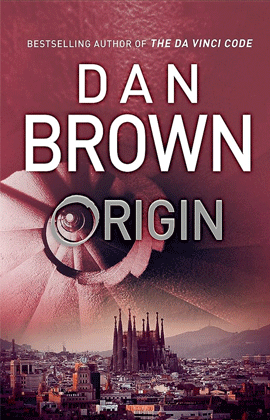

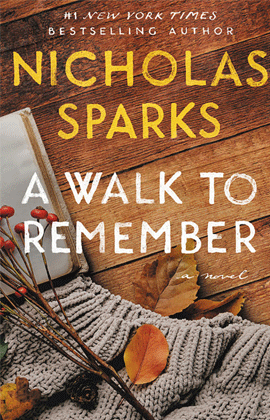


/82.gif)


/137.gif)

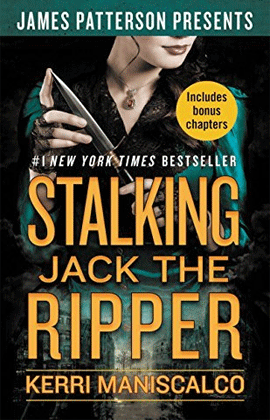

/19.gif)

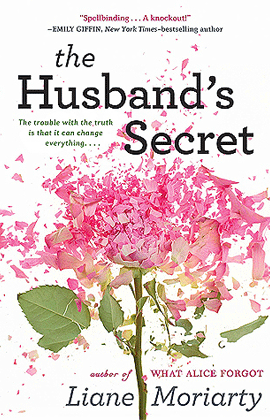
/96.gif)
/101.gif)

/17.gif)


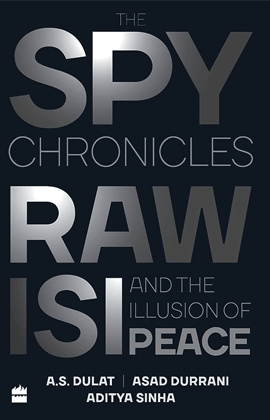

/39.gif)


/69.gif)
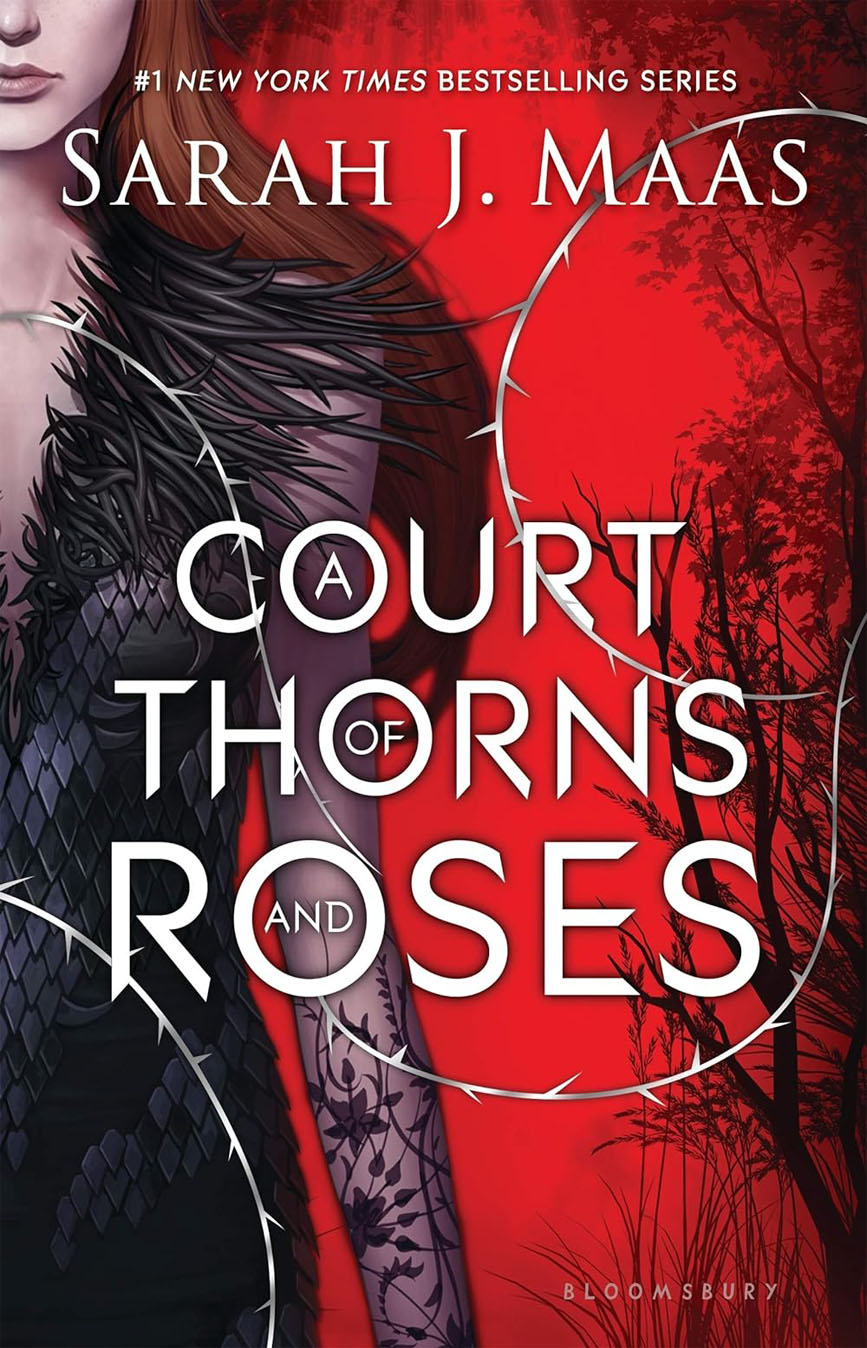
/152.gif)

/108.gif)



/5.gif)
/50.gif)
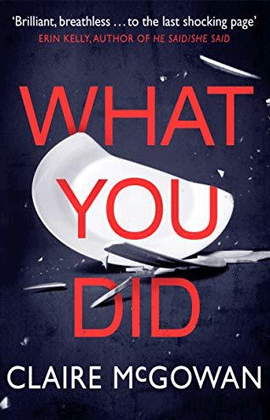
/111.gif)
/142.gif)

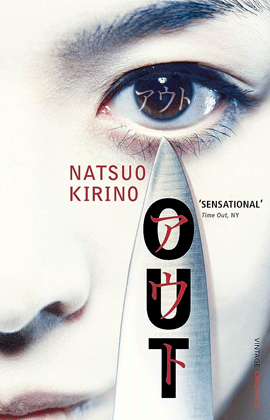
/91.gif)
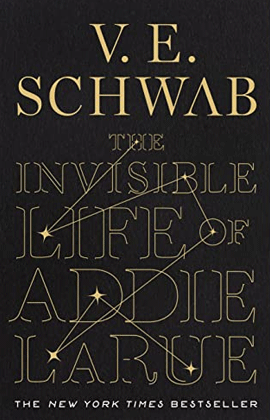

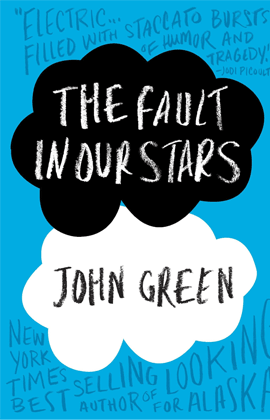
/71.gif)
/88.gif)

/146.gif)
/8.gif)
/149.gif)

/67.gif)
/141.gif)


/122.gif)
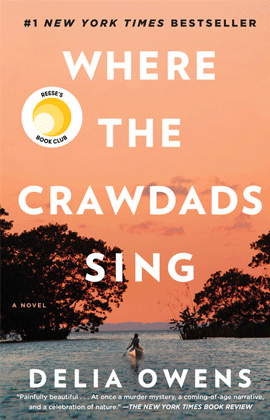
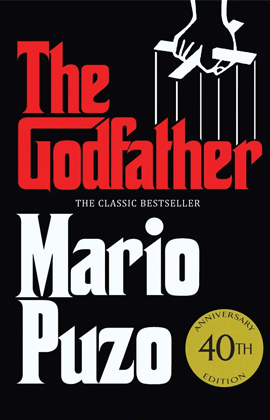
/65.gif)

/118.gif)
/113.gif)
/79.gif)

/129.gif)


/29.gif)
/106.gif)


/151.gif)






